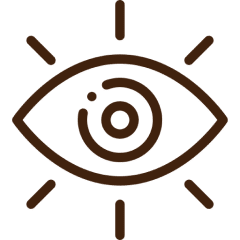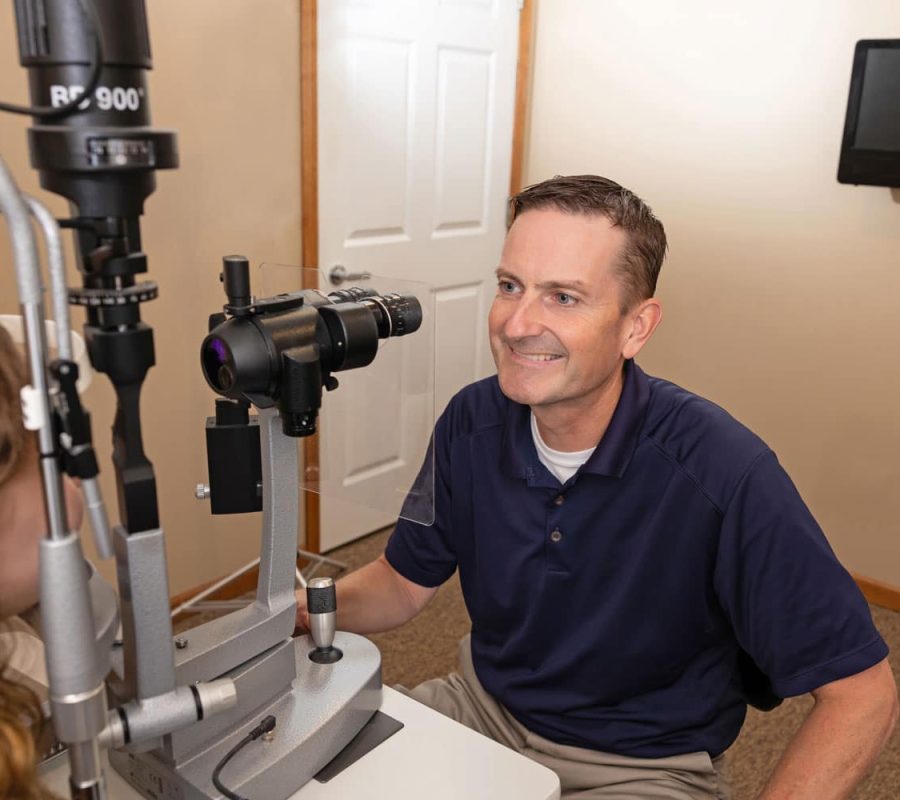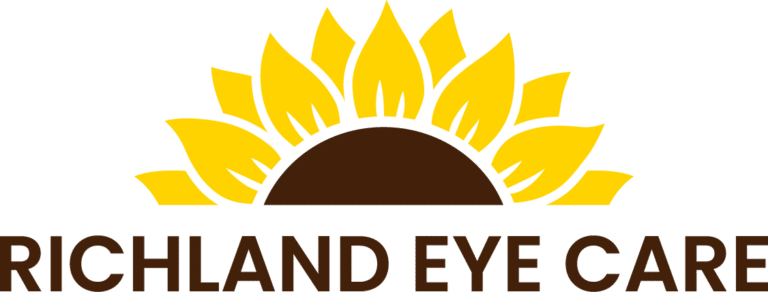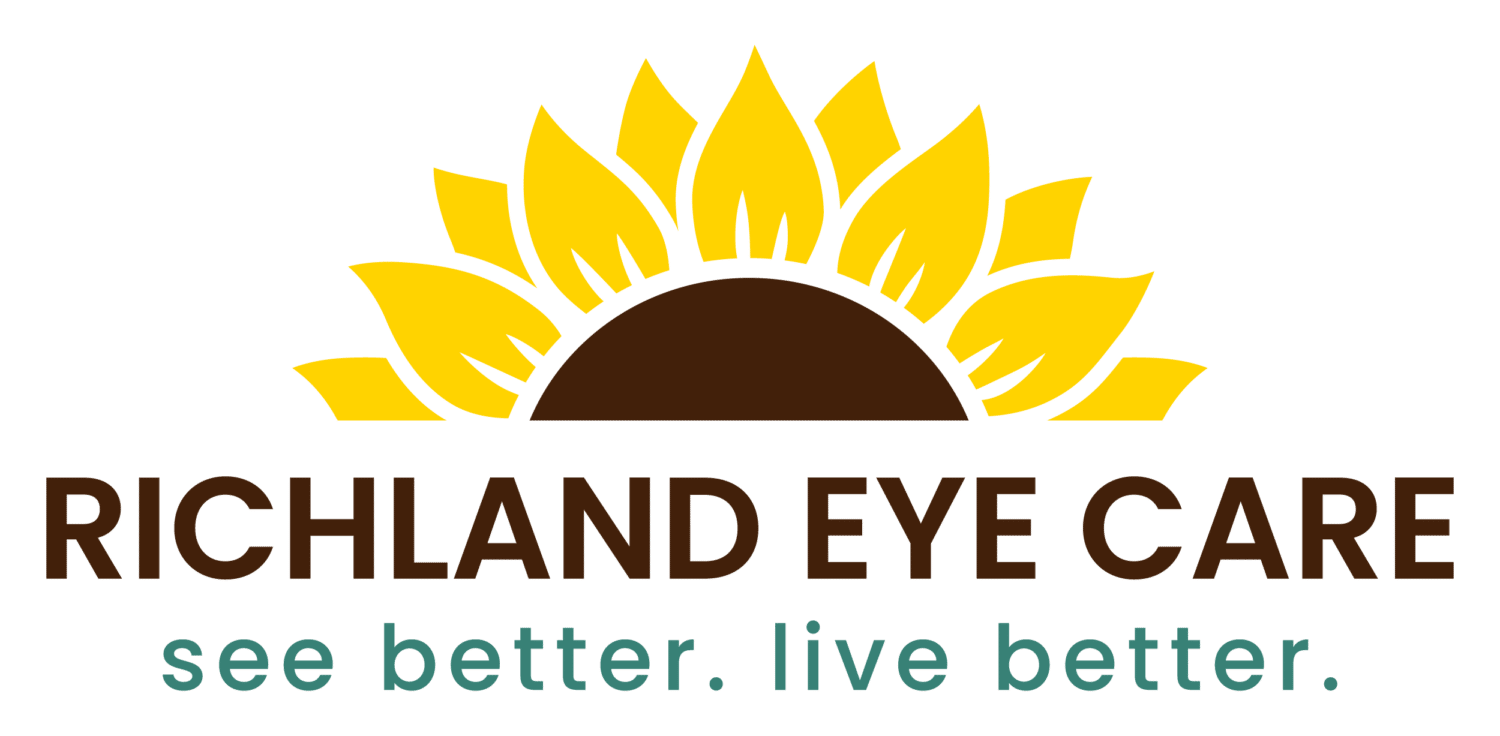
vision correction
Treatment, Consultation, and Referrals
Vision correction is a general term used to describe a variety of optometric techniques for correcting less-than-perfect vision. Richland Eye Care has the experience and technology in our office necessary to provide treatment, consultation and referrals for the vision correction procedures and surgeries detailed below. For more specific information about lenses and frames or contacts, please visit their respective pages.

LASIK
LASIK (Laser-Assisted in Situ Keratomileusis) is a surgical procedure that uses a laser beam to reshape the cornea. Patients who are nearsighted, farsighted or astigmatic may benefit from this type of procedure. The doctors at Richland Eye Care will perform pre-consultation exams, refer LASIK patients to a co-managing ophthalmologist for the actual surgery, then perform post-operative exams after the surgery.
While millions of patients have seen successful results from LASIK, the procedure is not right for everyone. The doctor will need to thoroughly examine your eyes to determine which type of vision correction best fits your needs.

